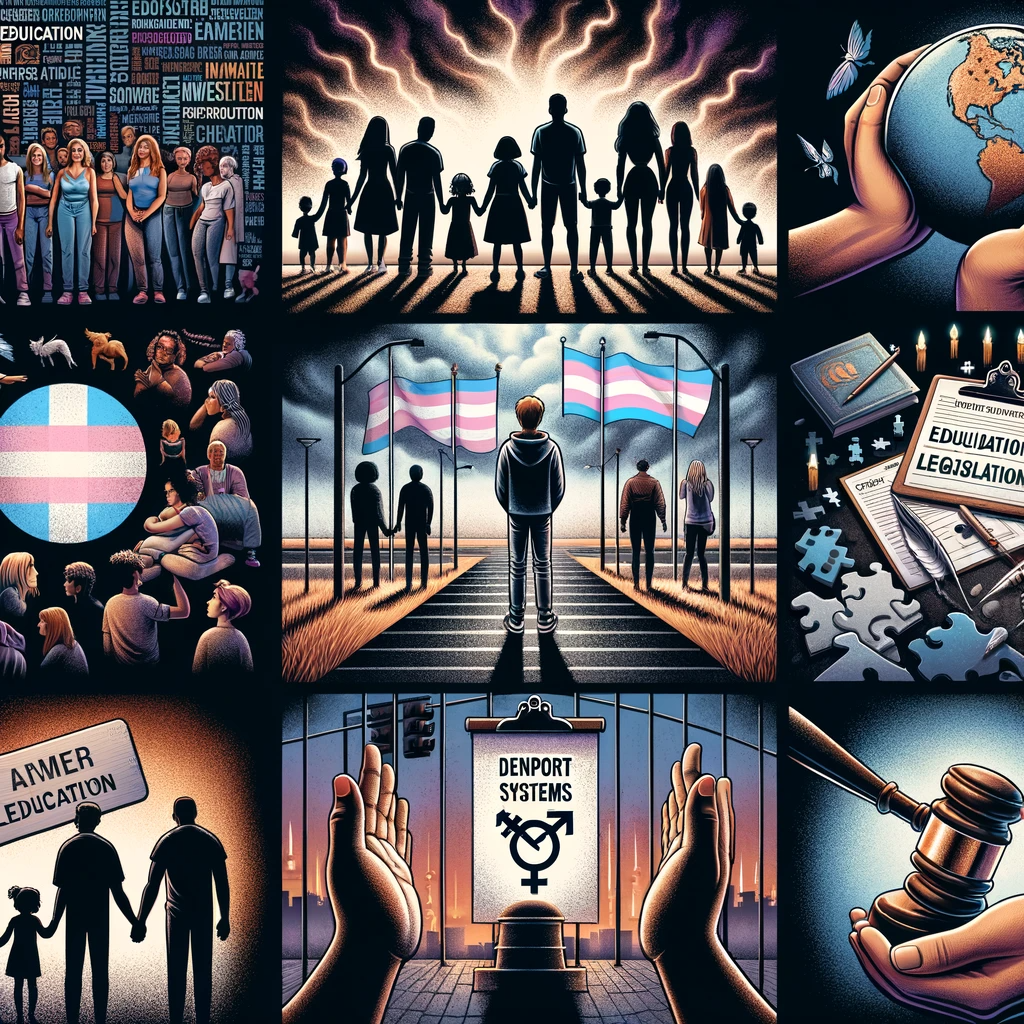Transgender people are much more likely to attempt or commit suicide than the general population. This article explores the factors that contribute to this alarming statistic. Research shows that the transgender suicide attempt rate varies from 32% to 50% in different countries. The main risk factors include gender-based violence, discrimination, bullying, violence, rejection by family and community, harassment, and mistreatment by the healthcare system. Despite these challenges, transgender people also have strengths that help them cope. It is important to support this community by building on these strengths, implementing culturally sensitive and transgender-inclusive suicide prevention strategies, and increasing protective measures to address the high rate of suicidality.
The Stark Reality
Transgender individuals, those whose gender identity differs from the sex they were assigned at birth, often grapple with societal stigma, discrimination, and rejection. These challenges, coupled with internal struggles related to gender dysphoria, contribute to the alarmingly high rates of suicidality within this community.

Root Causes
- Societal Stigma: Being transgender in many societies is still misunderstood, leading to prejudice and discrimination. This societal stigma can manifest in various forms, from derogatory comments to outright violence.
- Rejection by Loved Ones: One of the most painful experiences for many transgender individuals is rejection by their families. The lack of acceptance and understanding from those closest to them can be devastating.
- Discrimination in Healthcare: Transgender individuals often face discrimination in healthcare settings, from misgendering to outright denial of care. This lack of adequate medical support can exacerbate feelings of isolation and despair.
Building Bridges of Understanding
- Education: One of the most effective ways to combat prejudice is through education. Schools, workplaces, and communities should prioritize LGBTQ+ inclusive education, helping individuals understand and respect differences.
- Support Systems: Establishing support groups and helplines specifically for transgender individuals can provide a safe space for them to share their experiences, seek advice, and find solace in knowing they’re not alone.
- Legislation: Governments play a crucial role in protecting the rights of transgender individuals. Implementing and enforcing non-discrimination laws can go a long way in ensuring their safety and well-being.

In Conclusion
The high rates of suicidality among transgender individuals are a stark reminder of the challenges they face daily. However, with collective effort, understanding, and support, we can pave the way for a more inclusive and compassionate society. It’s our responsibility to stand by our transgender peers, ensuring they live in a world where they’re accepted and celebrated for who they truly are.